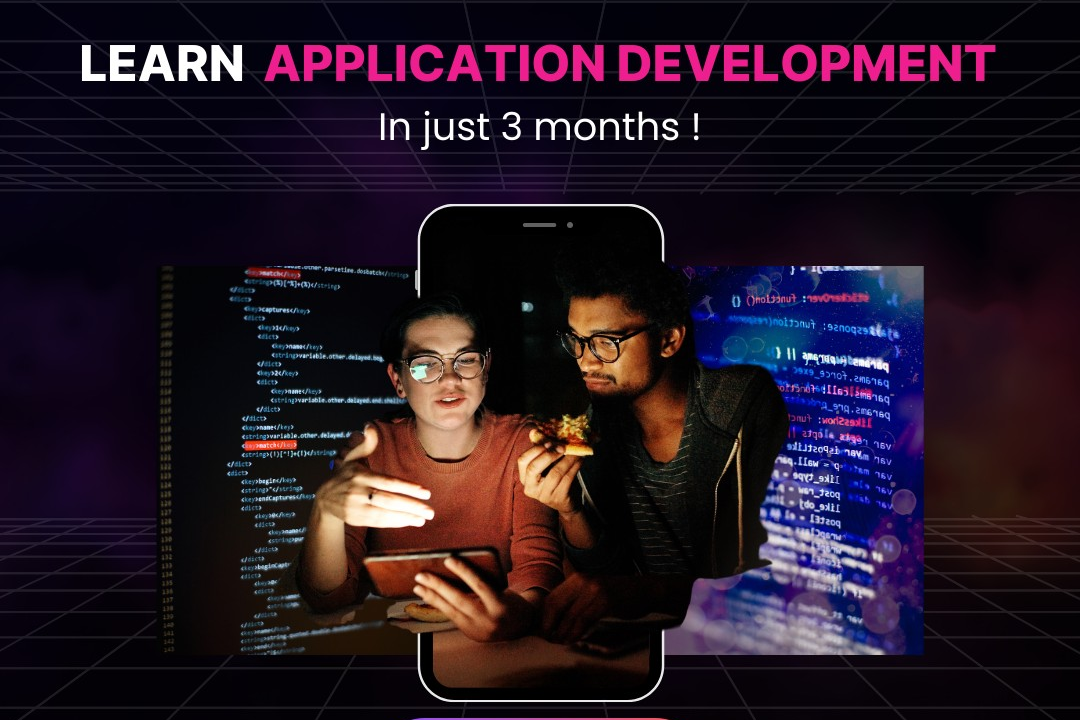Agile Practices In Android
Adopting Agile Methodologies for Android Development
Agile Practices In Android
Agile practices in Android development emphasize flexibility, collaboration, and iterative progress to enhance productivity and responsiveness to changing requirements. By utilizing frameworks like Scrum or Kanban, teams can break projects into manageable sprints or cycles, enabling frequent reassessment of priorities and feedback integration. Continuous integration and continuous deployment (CI/CD) practices allow for regular updates and testing, ensuring that new features and bug fixes can be delivered rapidly. Pair programming, daily stand-ups, and retrospectives foster communication and teamwork among developers, product owners, and stakeholders, thereby improving project transparency and adapting to user needs effectively. This dynamic approach ultimately leads to higher quality applications and a more engaged development process.
To Download Our Brochure: https://www.justacademy.co/download-brochure-for-free
Message us for more information: +91 9987184296
1 - Iterative Development: Agile emphasizes incremental development, meaning software is built in small, manageable chunks. In Android, this allows developers to release early versions of apps quickly, incorporating feedback from users.
2) User Stories: In Agile, requirements are often expressed as user stories. Each story captures a specific functionality from the end user's perspective, guiding the development process to deliver features that meet user needs.
3) Scrum Framework: Scrum is a popular Agile framework that organizes work in sprints, typically lasting 2 4 weeks. In Android, teams can focus on delivering functional features within each sprint, enhancing planning and predictability.
4) Daily Stand Ups: These short daily meetings allow team members to synchronize efforts. Each member shares what they did yesterday, what they will do today, and any blockers they're facing, fostering communication and collaboration.
5) Sprint Planning: At the start of each sprint, the team plans which user stories to tackle. In Android development, this helps prioritize features and allocate tasks, ensuring that the most important work gets done first.
6) Continuous Integration (CI): CI involves automatically building and testing code whenever changes are made. In Android, using CI tools ensures that new code integrates smoothly without introducing bugs.
7) Continuous Delivery (CD): Along with CI, CD practices allow for automated deployments of applications. This means that new Android app versions can be released to users frequently and reliably, enhancing user satisfaction.
8) Pair Programming: This practice involves two developers working together at one workstation. It encourages collaboration and knowledge sharing, which is especially useful in resolving complex problems in Android projects.
9) Retrospectives: At the end of each sprint, teams reflect on what went well, what didn’t, and how they can improve. This practice helps develop a culture of continuous improvement among Android developers.
10) Test Driven Development (TDD): TDD involves writing tests before writing the corresponding code. In Android, this ensures that features are implemented correctly from the start, leading to higher quality applications.
11) Acceptance Testing: Agile teams define acceptance criteria for user stories. In Android, these criteria help ensure that new features meet user expectations and function as intended before being considered complete.
12) Backlog Grooming: Regular sessions to refine the product backlog help prioritize user stories and clarify requirements. This practice keeps Android development aligned with user needs and business goals.
13) Cross Functional Teams: Agile promotes the formation of cross functional teams where different roles (development, testing, UX/UI) collaborate closely. In Android, this diversity fosters innovation and quicker problem solving.
14) Maintaining a Definition of Done: Establishing clear criteria for what constitutes “done” helps maintain quality. In Android development, this ensures all code is tested, documented, and ready for deployment before marking tasks as complete.
15) Customer Collaboration: Agile emphasizes working closely with customers to gather feedback throughout the development process. In Android, involving stakeholders helps to refine features and align the product with user expectations.
16) Flexible Planning: Agile allows for adaptive planning based on changing requirements. In Android development, this flexibility enables teams to respond swiftly to new user needs or market conditions.
17) Burndown Charts: These visual tools track the progress of work remaining in a sprint. In Android, burndown charts can help teams monitor their pace and make adjustments if they are falling behind.
Each of these points highlights essential Agile practices that can significantly enhance the learning experience for students interested in Android development. The focus on collaboration, quality, and user satisfaction prepares them for effective work in the field.
Browse our course links : https://www.justacademy.co/all-courses
To Join our FREE DEMO Session: Click Here
Contact Us for more info:
learn tableau online free
java training institute in jaipur
Flutter Boot Camp
mern stack course fees











